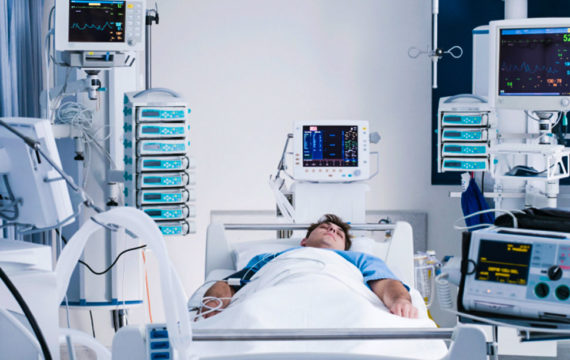
Unlocking the Potential of Remote ICU: Revolutionizing Patient Care
Technology continuously evolves, healthcare has not been left behind. The advent of telemedicine and remote patient monitoring has significantly impacted the healthcare industry, offering a promising solution for enhanced patient care.
Among these advancements, Remote Intensive Care Units (ICUs) have emerged as a game-changer. In this article, we delve into the concept of Remote ICU, exploring its benefits, functionalities, and how it is revolutionizing patient care.
Understanding Remote ICU
A Remote ICU, also known as Tele-ICU or eICU, utilizes advanced technology to enable healthcare professionals to monitor and manage critically ill patients remotely. This setup involves a team of intensivists, critical care nurses, and support staff who monitor patients in various ICUs from a centralized location. The monitoring is facilitated through real-time video, audio, and data streams from the patient’s bedside to the remote monitoring station.
The Core Components
- Live Monitoring: Real-time monitoring of patients through high-definition cameras and other connected devices.
- Advanced Analytics: Utilization of AI and machine learning to analyze patient data for early detection of complications and predictive analytics.
- Telecommunication Infrastructure: Secure and robust telecommunication systems to ensure seamless communication and data transfer.
- Medical Informatics: Integrated electronic health record (EHR) systems to consolidate and organize patient data for effective decision-making.
Benefits of Remote ICU
The implementation of Remote ICU comes with a plethora of benefits, significantly impacting patient outcomes and healthcare efficiency.
1. 24/7 Monitoring and Timely Intervention
Remote ICU allows continuous monitoring of patients, ensuring timely intervention in case of any abnormalities or emergencies. This immediate response can be crucial in saving lives and preventing further complications.
2. Expertise Access
Healthcare professionals at remote monitoring stations often possess specialized skills and expertise in critical care. This means patients benefit from a broader range of expertise compared to a local ICU setting.
3. Reduced Healthcare Costs
By reducing the need for constant physical presence in the ICU, Remote ICU can lower healthcare costs, making intensive care more accessible and affordable for a larger segment of the population.
4. Enhanced Patient Comfort and Family Engagement
Patients experience a more comfortable environment in their own familiar surroundings, and their families can be more involved in the care process, providing emotional support.
Future Prospects of Remote ICU
As technology continues to advance, the potential of Remote ICU is boundless. Integration with artificial intelligence and machine learning will enhance predictive analytics, enabling proactive care and reducing the likelihood of adverse events. Additionally, improved cybersecurity measures will ensure the privacy and security of patient data.
In conclusion, Remote ICU represents a significant leap forward in healthcare, marrying technology with critical care to improve patient outcomes and healthcare efficiency. With its numerous advantages and continuous advancements, Remote ICU is poised to revolutionize the way we approach critical care, ensuring a better and healthier future for all.







